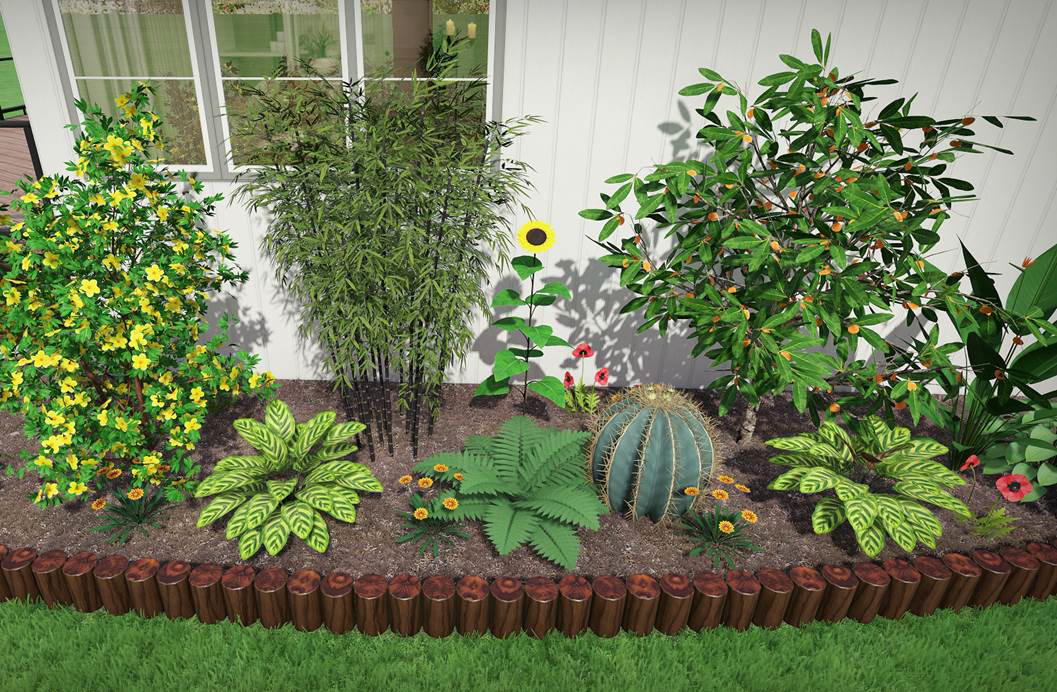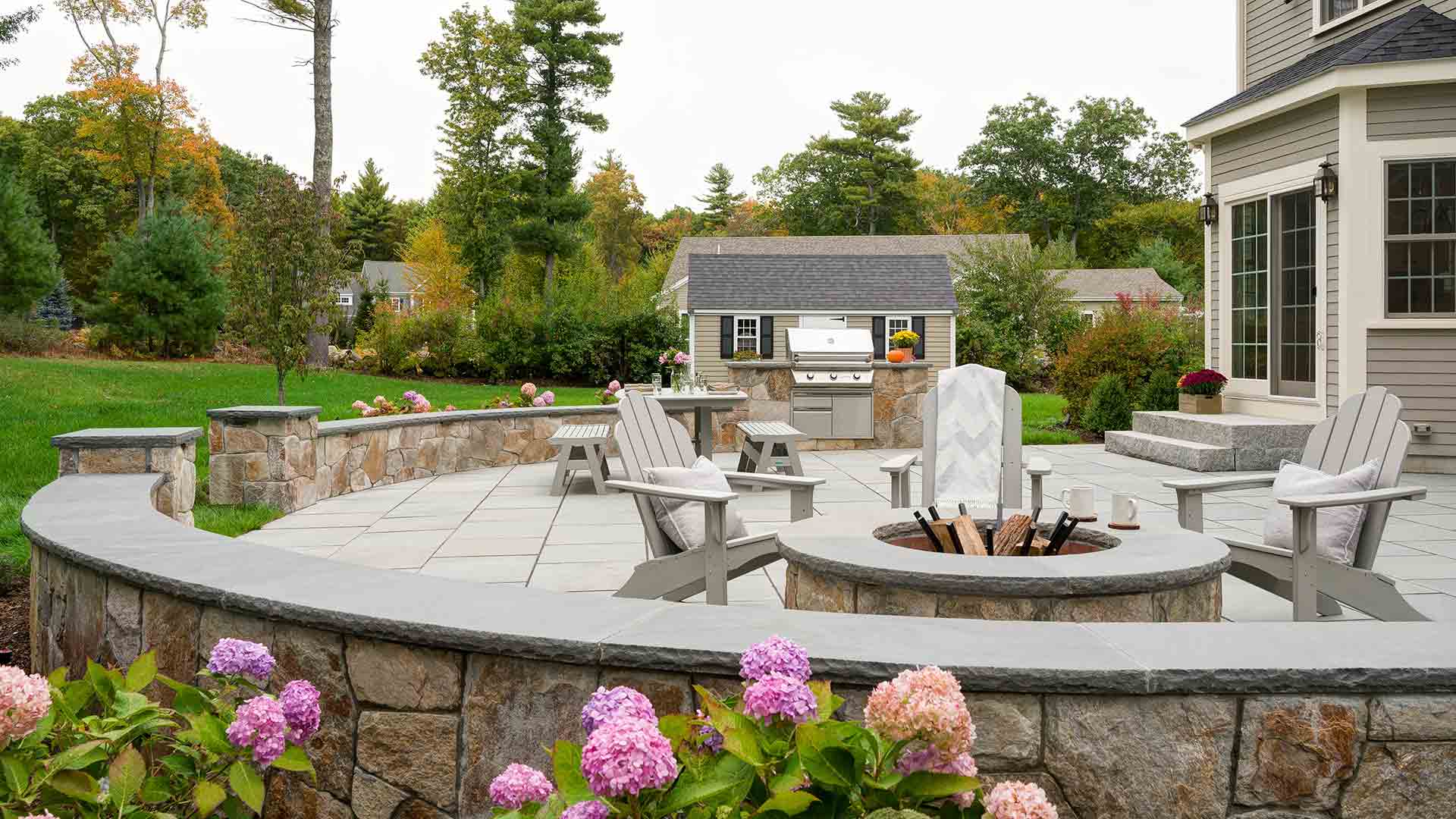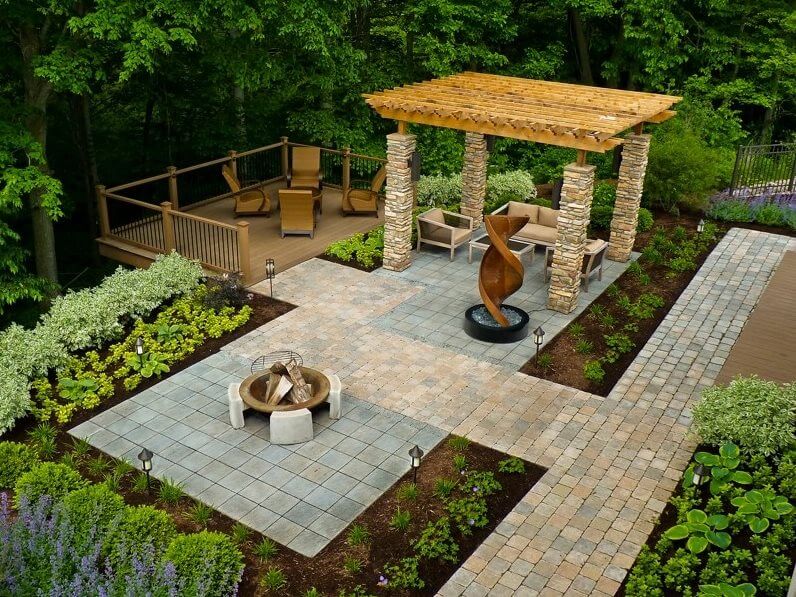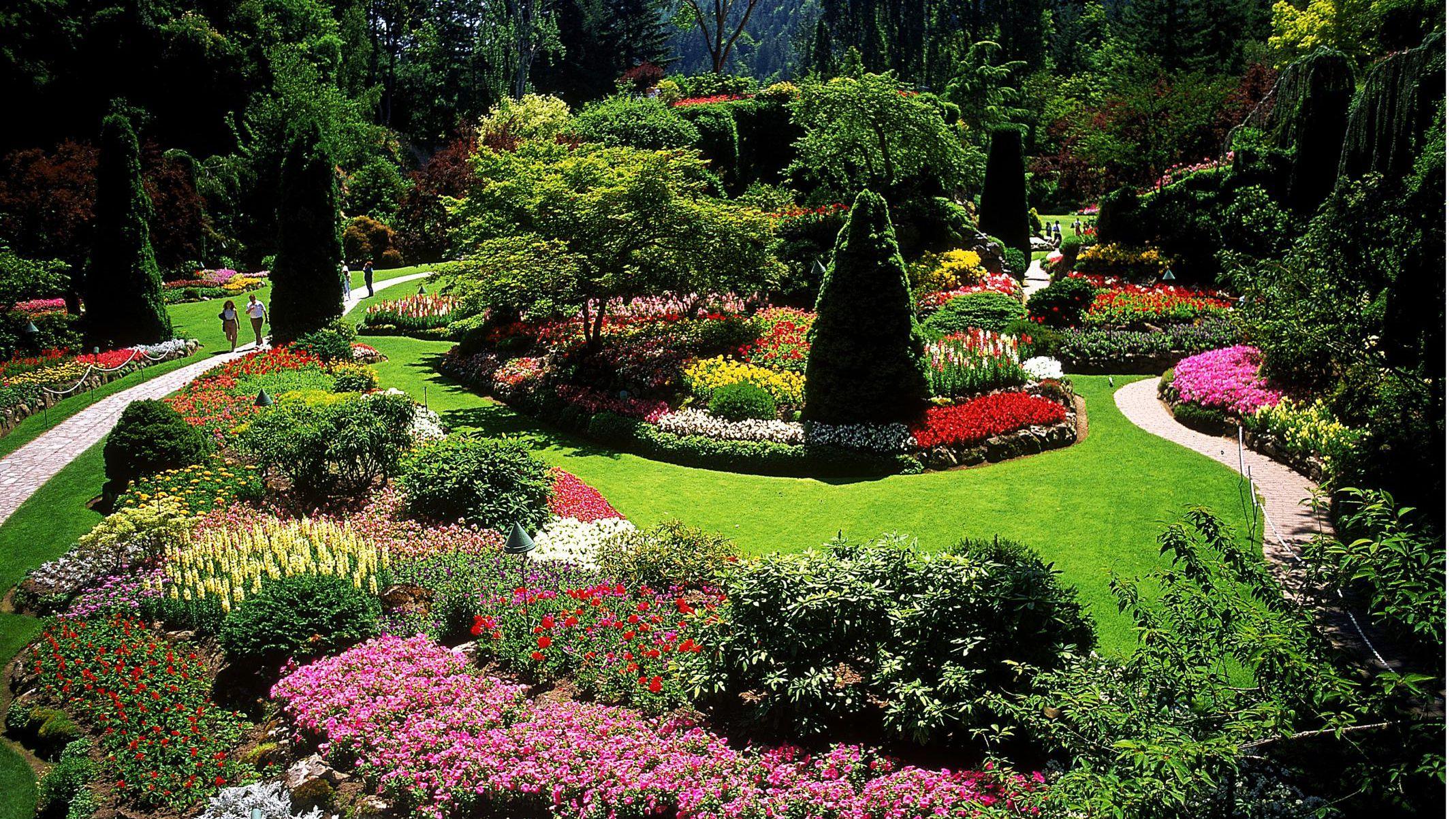Landscapers - An Overview
Landscapers - An Overview
Blog Article
The Basic Principles Of Landscapers
Table of Contents3 Simple Techniques For LandscapersRumored Buzz on LandscapersSome Of LandscapersThe 7-Minute Rule for LandscapersAn Unbiased View of Landscapers
- A tree or bush (hedge) that loses its fallen leaves in winter. In the PNW there are semi-deciduous or semi-evergreen plants that may shed their fallen leaves depending upon just how chilly the winter is. Abelia and some hebe are fine examples. Landscapers. - A flat gathering area, made from wood or composite material (made to resemble wood), commonly surrounding or connected to a framework.

- Granite that is weathered to the factor that it is a really fine accumulation. This is a natural process, and the outcome can be made use of for paths and patios. Disintegrated granite is commonly referred to as DG. It is specifically beneficial in modern landscapes. - Key landscape attributes being suggested in a landscape layout plan.
Landscapers for Beginners
These goals direct the style process, not the designer's style or preferences. Usual layout goals in Rose city are reduced maintenance, drought tolerant, and animal pleasant. - Refine for getting rid of or thinning the dead reduced level of a mature grass. Thatch is lawn that has actually died and collected below the environment-friendly blades.
Over time this layer can obtain extremely thick and make it tough for water, sunlight, and nutrients to get to portions of the turf.- The procedure of accumulating and managing the flow of water on a residential or commercial property. This can be made with grading, French drains, completely dry wells, permeable surface areas, sump pump, rainfall gardens, and much more.
- A slow-moving feeding irrigation system that makes use of versatile tubing and emitters to send a precise quantity of water to each plant. - The capability of a plant to make it through without much summer water.
- A yard feature where water is represented by an accumulated rock product, usually a crushed rock or granite. These are most generally discovered in modern and Japanese yard style.- A stone or natural flagstone patio area, path, or walkway constructed without a concrete base. The base would certainly be compacted crushed rock and the joints would be an accumulation or walkable ground cover.
Everything about Landscapers
- A rock maintaining or totally free standing wall surface developed without the use of mortar. - An underground structure that collect water and allows it to slow down percolate right into the soil around it.
Landscape layout that is compatible with a sites' setting in both look and sustainability without unfavorable impacts to the atmosphere. Bordering in the landscape is a line of separation that creates visual passion in the yard by separating one section from an additional sector.
Areas can also have a feeling of "room" given by trees, other plantings, fences, or screens. The landscape near the entrance to a building. A tree, bush or creeping plant, educated to expand on a wall surface or fencing into a certain pattern. Specifically useful for fruit trees, making it easy to gather the fruit and having mess.
A plant that is not indigenous to the location where it will certainly be grown. Thicker bladed lawn yard that spread out by means of rhizomes.: The level of soil why not try these out on your residential property before bark dirt or garden compost is spread.
The Best Guide To Landscapers

The objective, factor, or activity that an area is be landscaped for. Area for expanding plants for seeing, consuming, or physical task.
Reduced plants that are permitted or encouraged to spread out over a location. Can refer to any kind of "tough" yard elements including statuary or boulders but many frequently is utilized to refer to courses, patio areas, and walls.: Elevation distinction in between the degree of water in a fish pond (or the degree of the pump if visit this site right here it rests outside the fish pond) and the top electrical outlet of water which influences efficiency of the water pump in gph (gallons per hour).

The Best Strategy To Use For Landscapers
An even more unwinded yard dominated by bent rather than straight bed lines and a much less rigid framework. Conventional PNW landscapes are casual. A plant that spreads greater than desired, or into habitats where it does damage. Rose city has a listing of intrusive plants that must not be mounted in landscapes since they can infect forests or rivers and be difficult to control.
Smart irrigation controller evaluations and suggestions here. 2-D rendering visit their website of the recommended irrigation system. Can include head placements and insurance coverage, pipe sizing, GPM specs, and products required to install this system. An irrigation plan is generally unnecessary for properties yet is common for industrial tasks. Accredited professional who creates landscapes, educated in engineering and architecture in addition to in gardening.
Landscape developers commonly have much less schooling than Landscape Architects and are not accredited. A finished landscape design, detailing all components for the brand-new landscape.
Calcium product utilized to increase the pH in soil, which will make it less welcoming to moss. A water tight HDPE material made use of below ponds, streams and waterfalls in water features. Using several growings of the exact same variety to load in a location in the landscape. This can reduce maintenance and water usage in the yard.
Report this page